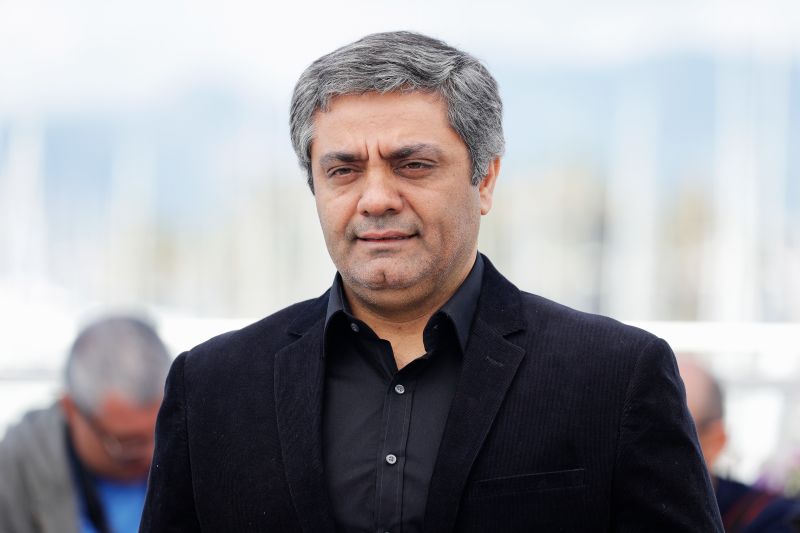The saga of Shahram Faroogh, an esteemed Iran-born filmmaker, unveils itself as a harrowing tale of unyielding artistic opposition against oppressive government tyranny. Faroogh, a determined beacon of cinematic creativity in Iran, had recently made a daring escape to Europe following his sentencing to imprisionment and flogging by the Iranian authorities. Through his experience, the world has been given a disturbing glimpse into the extreme repercussions artists can face when they create work that challenges governmental constraints.
Shahram Faroogh’s ordeal started after he produced several controversial films that openly scrutinized Iran’s political regime and its treatment of citizens. His unique storytelling approach, and daring willingness to unveil the Iranian government’s oppressive tactics, quickly won him international recognition. His films frequently combined raw and evocative visuals with poignant narratives, prompting audiences worldwide to question the human rights condition in Iran. However, his critical cinematic voice equally evoked the Iranian authority’s ire.
In response to Faroogh’s defiant body of work, the Iranian judicial system had deemed his art a punishable offence. A harsh verdict was passed against him: six years in prison and 223 lashes, an unfathomably brutal sentence for a filmmaker voicing socio-political dissent. This move revealed the depth of the Iranian government’s willingness to quell artists whose creative expressions challenge the restricted norms.
Fearing impending incarceration and physical torment, Faroogh decided to take swift action before his sentence could be enforced. With assistance from sympathetic allies, both local and international, he fled his homeland and sought refuge in Europe. His successful escape has been hailed as a supremely courageous act, inspiring artists worldwide to persist in their quest for creative freedom, even under hostile circumstances.
Upon arriving in Europe, Faroogh has continued to share his experiences, shedding light on the grave predicaments Iranian artists routinely face. His interviews and panel discussions have moved international audiences, inviting condemnation of Iran’s oppressive artistic censorships and advocating for greater international intervention.
While the Iranian film industry is celebrated for its distinctive narrative style and aesthetic finesse, Faroogh’s predicament underlines a dark reality. His ordeal exemplifies the immense oppression encountered by Iranian filmmakers and artists who dare to push the boundaries of their craft. Many continue to face censorship, threats, and punitive actions that stifle artistic freedom.
The international film fraternity must continue to recognize and denounce such instances of artistic oppression. Publicizing Faroogh’s example can galvanize solidarity and inspire collaborative actions that champion artistic freedom. By doing so, not only can we protect cultural expression, but we can also empower artists like Shahram Faroogh to continue producing challenging and thought-provoking work.
While Shahram Faroogh might be physically distanced from his homeland, his daring voyage serves as a beacon of hope for Iranian artists who find themselves facing similar circumstances. Faroogh’s courage, resilience, and enduring creative spirit continue to illustrate the far-reaching power of cinema to provoke debate, spark insight, and resist oppressive forces. In that sense, although he is now thousands of miles away from Iran, Faroogh’s influence continues to profoundly resonate back in his home country and on the global stage.




